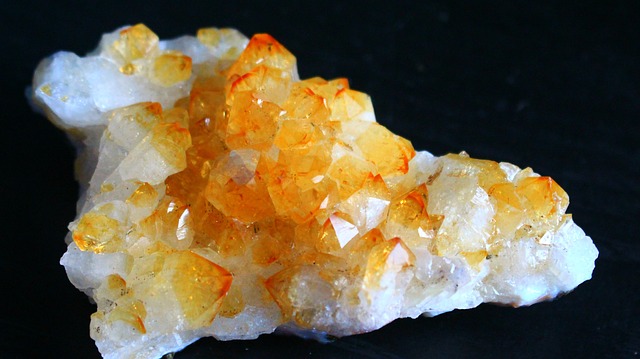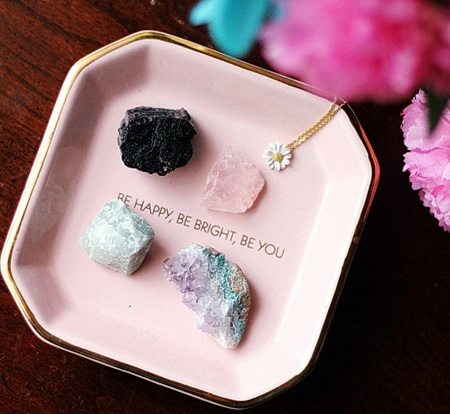 Tourmaline is a stunning semi-precious gemstone that is known for its versatility. Due to the wide variety of tourmaline jewelry styles and colors, it can be quite challenging to make the best buy.
Tourmaline is a stunning semi-precious gemstone that is known for its versatility. Due to the wide variety of tourmaline jewelry styles and colors, it can be quite challenging to make the best buy.
In this buying guide, we cover different types of tourmaline stones, as well as additional factors that you need to be aware of when buying these beautiful gemstones.
What Is Tourmaline?
Tourmaline is basically a crystal silicate that was first discovered in the East Indies in the 1800s. However, this semi-precious gemstone can now be obtained in Asia, Australia, Africa, Europe and North America.
Even though tourmaline has been quite the well-loved gemstone throughout the age,s due to its high versatility and extensive range of colors, it wasn’t until the early 1990s that it became highly popular and subsequently, had its value skyrocket.
There’s a myriad of minerals that fall under the tourmaline name. They differ in many aspects, including color, clarity and value. Since it is difficult to go through every type of tourmaline, we have listed a few of the most popular ones here:
Blue Tourmaline
Tourmaline is generally considered to be a semi-precious stone and out of all its varieties, only indicolite, the blue variety, is considered to be precious. Blue tourmaline has a deep rich color that can have green tones which can be removed with special treatment. However, the clearer the blue, the more expensive the stone will be. Also, indicolite generally has more inclusions that can be minimized through good cutting.
Chrome Tourmaline
With intense green color, chrome-colored tourmalines are the scarcest type of green tourmalines out there. This semi-precious stone gets its color from chromium and is often found in smaller carat sizes. Chrome tourmalines also tend to have more inclusions, so when buying them, you need to ensure that they are eye-clean. Also, due to the special tint of the stone, you require expert cutting to make sure they don’t appear too dark.
Green Tourmaline
Also known as verdalite, this is the cleanest type of tourmaline. In fact, green tourmaline is often eye-clean and free of any visible inclusion. Even though its dominant color is typically green, you may see a few tints of yellow or blue.
If you’re searching for green tourmaline, mint green color is considered the best option. Checkerboard cuts are a great choice for this variety of tourmaline, so before buying the stone, you should check the proportions, symmetry and reflection to see if the stone has been properly cut. Moreover, green tourmalines are free from heating and radiation treatments and are also available in almost any size.
Paraiba Tourmaline
With copper in its composition, Paraiba tourmaline is an extremely valuable tourmaline variety. This stone is highly valued for its rich neon blue/green color, with a high-quality carat costing $2000 and upwards. In fact, some of the richer-colored stones of this variety are valued at around $8000 per carat as well. However, the mid-range Paraiba tourmaline jewelry is also available that is generally quite affordable.
Red and Pink Tourmaline
When most people talk of tourmaline, their mind instantly goes to its red and pink varieties since they are the most commonly found tourmaline types. Red and pink tourmaline is readily available in various tones and can easily be cut into various shapes. Since they are easily available, these tourmaline varieties are also more budget-friendly.
Watermelon Tourmaline
The watermelon tourmaline is quite the unusual gemstone that derives its name from its color – green and red that is separated by a strip of white color. Cutting this stone is a very skillful job as its orientation is very important. Typically, the best appearance of this stone includes fifty percent of each color, however, this largely depends on personal preference.
Canary Tourmaline
Named due to its vivid yellow color like the canary bird, the canary tourmaline is a gorgeous stone that is typically found in smaller sizes – around one or two carats. Since this stone is extremely rare, it is one of the most valuable tourmaline varieties.
Factors That Influence the Value of Tourmaline
Apart from its rarity, there are certainly other factors that influence the value of the tourmaline stone.
Clarity
The clarity of a gemstone influences its quality and overall appearance. It also determines whether the gemstone is eye-clean or has flaws. Since tourmalines are typically found in liquid-rich areas, it isn’t surprising that the liquid often gets caught in the crystal during its growing process, leading to inclusions.
While the color of the stone often compensates for its clarity, light-colored stones don’t have the same advantage as their low-color intensity makes inclusions more visible, decreasing the value of the stone. Pink and red tourmalines are generally acceptable. However, when it comes to other colors, low clarity often decreases their value.
In some cases, inclusions may even increase the value of the gemstone, specifically in the cat’s eye effect of certain tourmalines. Multiple parallel-running threadlike inclusions in a tourmaline coupled with an expert cut will result in a cat’s-eye tourmaline that is extremely rare and highly valued.
Cut
Most tourmalines available on the market are generally narrow and rectangular in shape. This is mainly because tourmalines are naturally found in these shapes, so cutting them accordingly reduces waste. Another major factor that gemstone cutters consider is how a stone absorbs light. Tourmalines tend to absorb light lengthwise and not across. So, the depth, saturation and tone of the color of the tourmaline can be manipulated based on the direction of the cut.
Carat Sizes and Color
After passing the first five carats, the price of tourmaline per carat increases dramatically. This applies to most tourmalines, except for the Paraiba tourmaline, that is rarely found over 1 carat.
Tourmalines come in almost every color imaginable. This is mainly why they are known as the rainbow gemstone. While the bright and colorful varieties are the most expensive ones, dark tourmaline stones are quite cheaper. When buying tourmaline stones, make sure to evaluate them based on the above-listed factors.


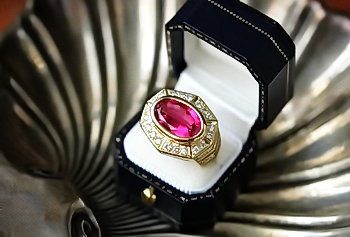 Getting engaged to the love of one’s life is a magical moment. While the promise and excitement of spending the rest of your life with your soulmate is the most delightful aspect of an engagement, the jewel used to mark the occasion also holds much prominence.
Getting engaged to the love of one’s life is a magical moment. While the promise and excitement of spending the rest of your life with your soulmate is the most delightful aspect of an engagement, the jewel used to mark the occasion also holds much prominence.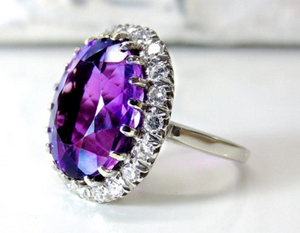 In case you didn’t know it already, the stunning ruby stone is just as precious as a blinding diamond. Diamonds are considered desirable because they are widely known as the most precious gem in the world, but that’s not true. That said, of course, diamonds are as classy as they come, but other precious stones are no less elegant.
In case you didn’t know it already, the stunning ruby stone is just as precious as a blinding diamond. Diamonds are considered desirable because they are widely known as the most precious gem in the world, but that’s not true. That said, of course, diamonds are as classy as they come, but other precious stones are no less elegant.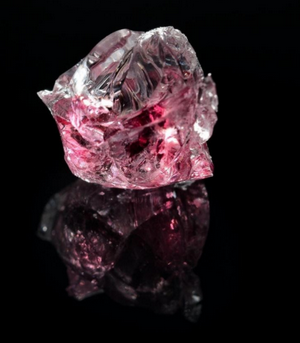 Rubies are not expensive without reason! They cost so much because they are unbelievably rare and super long-lasting. A genuine ruby stone is durable enough to last a lifetime. And that is why it’s a wise choice for an engagement ring because it will show your willingness to have a lifelong relationship.
Rubies are not expensive without reason! They cost so much because they are unbelievably rare and super long-lasting. A genuine ruby stone is durable enough to last a lifetime. And that is why it’s a wise choice for an engagement ring because it will show your willingness to have a lifelong relationship.
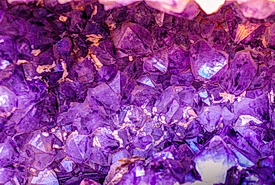
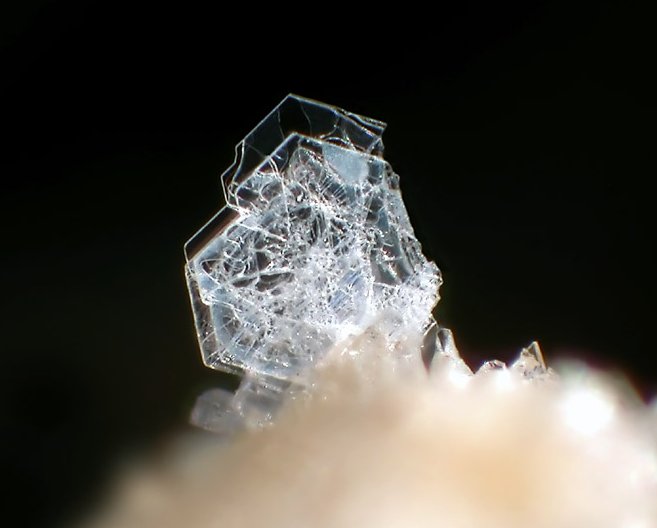
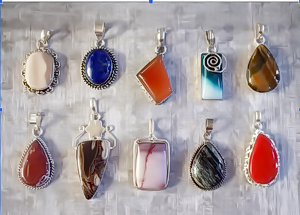 When it comes to presents, gemstones are always a great choice for your special someone. They are beautiful pieces that can be kept forever. Not only will they light up your loved one’s day, but you will also show them just how much she means to you.
When it comes to presents, gemstones are always a great choice for your special someone. They are beautiful pieces that can be kept forever. Not only will they light up your loved one’s day, but you will also show them just how much she means to you. 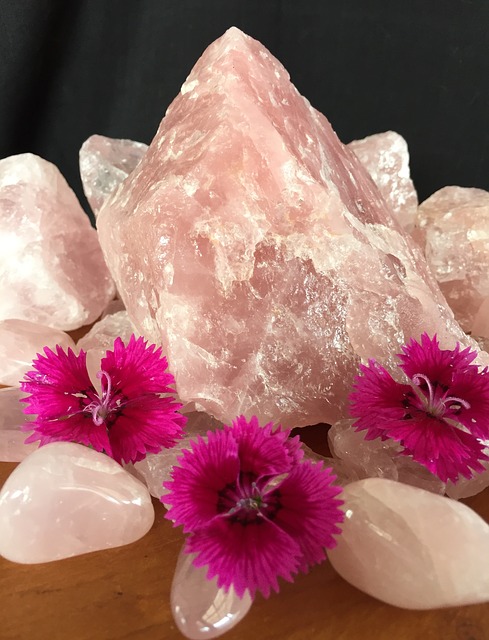
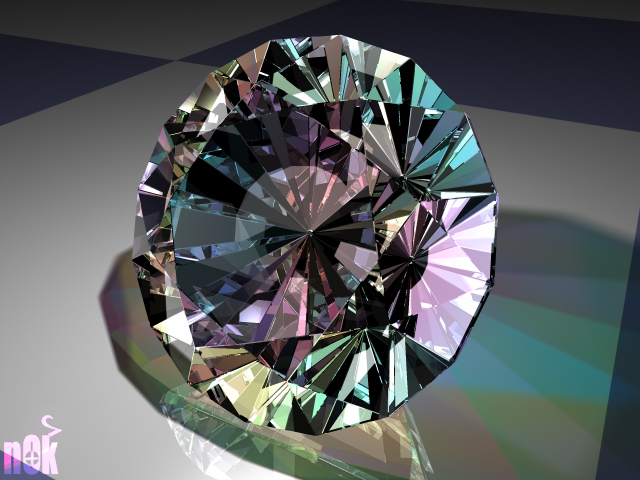
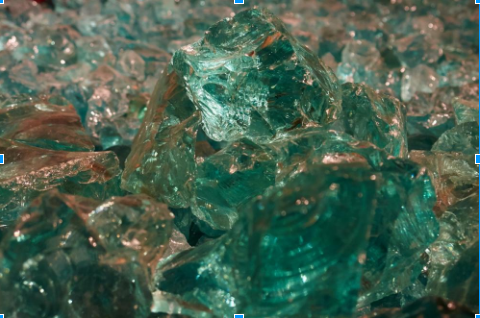
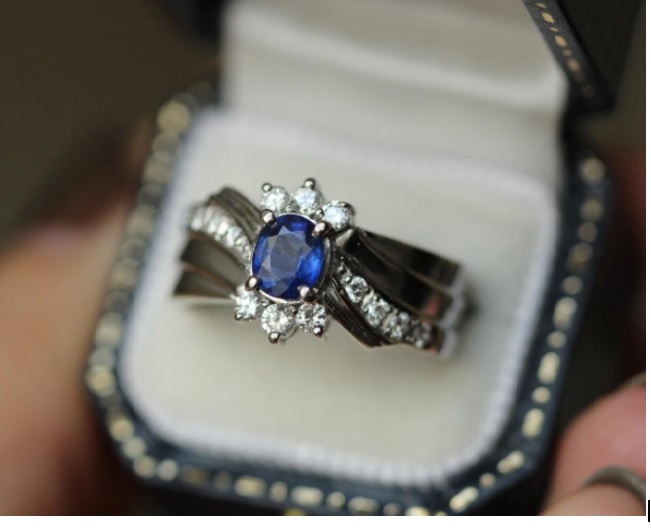 Known for its blinding blue beauty, the sapphire stone is considered an emblem of elegance worldwide. People love to own and flaunt this mesmerizing blue goodness that lights up every piece of jewelry it’s added to. But despite being so popular, there’s a lot about sapphires that remains unknown. People only regard the sapphire stone as the brilliant blue gem that reflects light and shines every which way, but there’s so much more to it than just the enthralling hue beauty that allures gem lovers everywhere.
Known for its blinding blue beauty, the sapphire stone is considered an emblem of elegance worldwide. People love to own and flaunt this mesmerizing blue goodness that lights up every piece of jewelry it’s added to. But despite being so popular, there’s a lot about sapphires that remains unknown. People only regard the sapphire stone as the brilliant blue gem that reflects light and shines every which way, but there’s so much more to it than just the enthralling hue beauty that allures gem lovers everywhere.